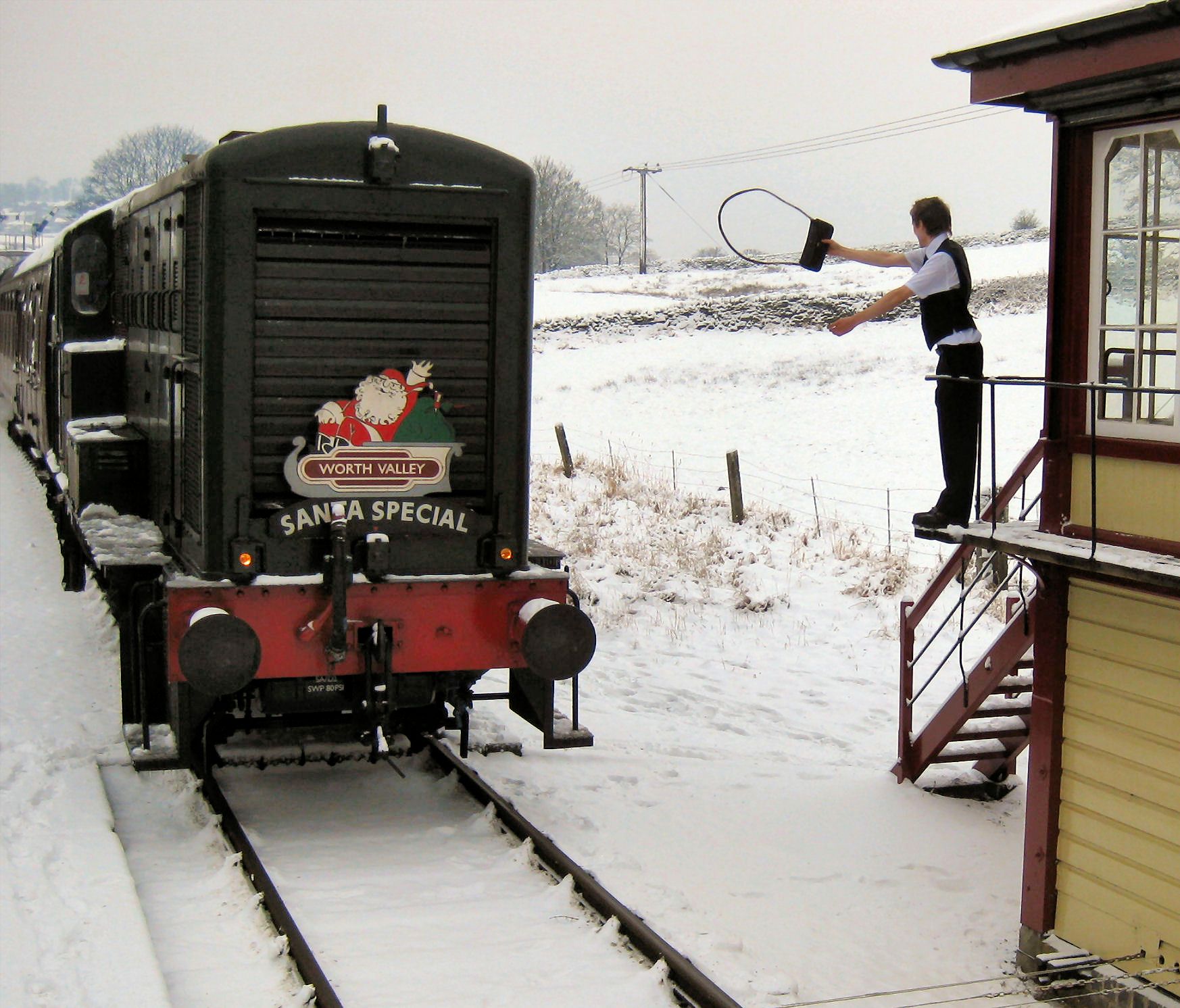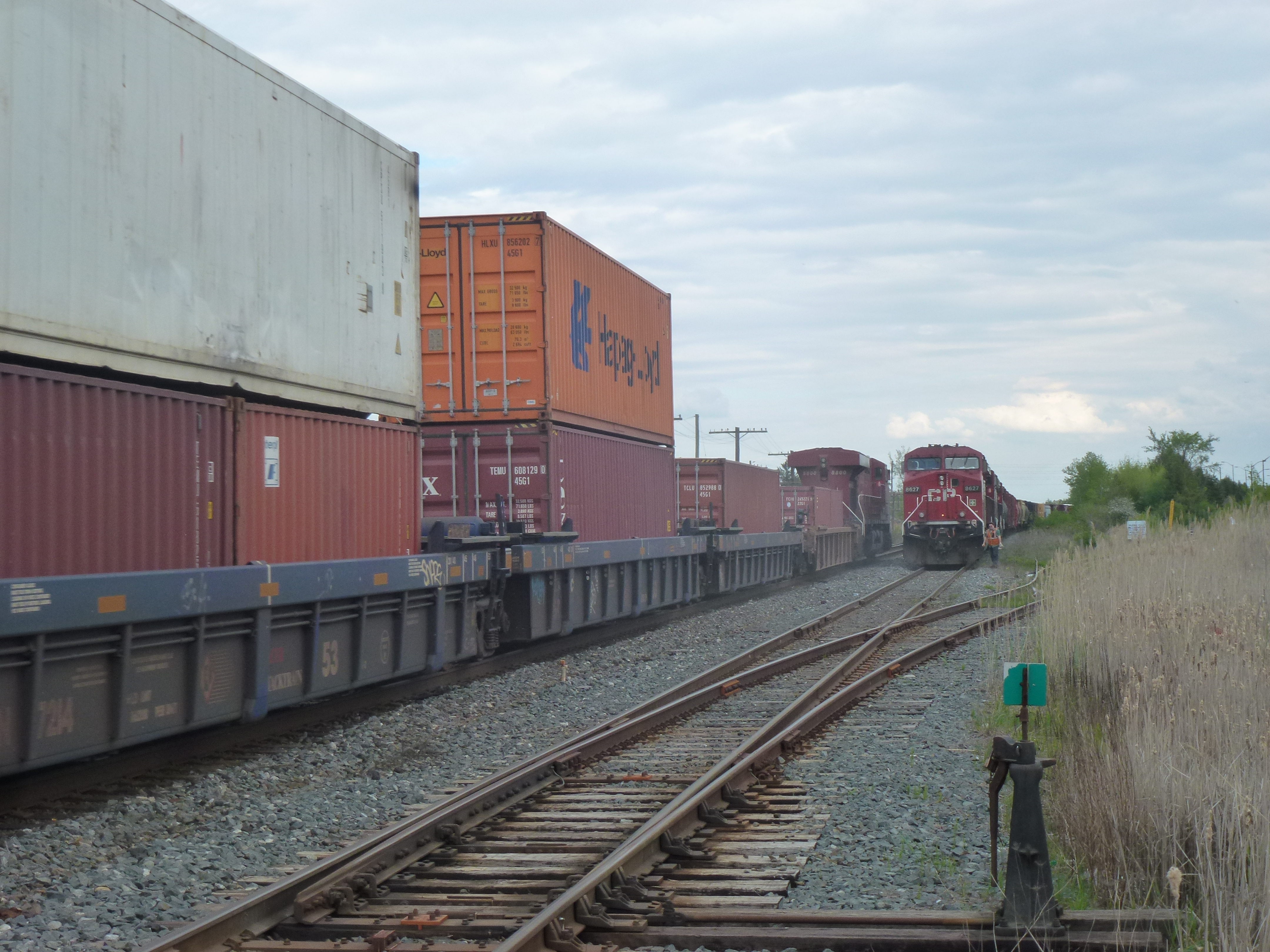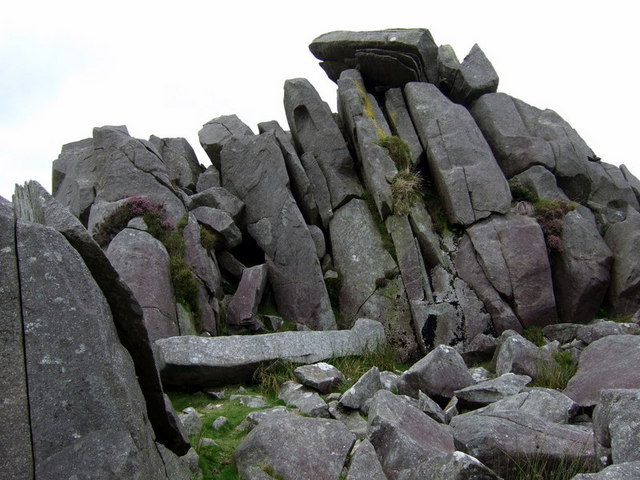|
South Geelong Railway Station
South Geelong railway station is a regional railway station on the Warrnambool V/Line rail service, Warrnambool line, part of the V/Line, Victorian railway network. It serves the suburb of South Geelong, Victoria, South Geelong, in Geelong, Victoria, Australia. It opened on 1 November 1883 and was rebuilt for the third time in 2024 as part of the Regional Rail Revival project. History The railway line from Geelong to Winchelsea railway station, Victoria, Winchelsea opened on 25 November 1876. Prior to the establishment of the station, the site was used as a loading point for track ballast, ballast and bluestone#Victoria, bluestone by the contractor building the Bellarine Railway, Queenscliff railway line. When the station opened, a timber station building was provided. Opposite the station was a loop siding (rail), siding, longer than the platform, and behind the station was a dead end siding. Around 1887 or 1888, the siding was extended and a goods shed provided. A list of ... [...More Info...] [...Related Items...] OR: [Wikipedia] [Google] [Baidu] |
Public Transport Victoria
Public Transport Victoria (PTV) is the brand name for public transport in the Australian state of Victoria. It was previously the trading name of the Public Transport Development Authority (PTDA), a now-defunct statutory authority in Victoria, responsible for providing, coordinating, and promoting public transport. PTV began operating on 2 April 2012, taking over many of the responsibilities previously exercised by the Director of Public Transport and the Department of Transport. It also took over the marketing of public transport in Victoria from Metlink and Viclink, as well as responsibility for the myki ticketing system, formerly handled by the Transport Ticketing Authority. PTV's functions were transferred to the Department of Transport and Planning (DTP) on 1 July 2019. However, PTV continues to exist as the brand for public transport services in Victoria and refers to the Public Transport division of DTP. Governance PTV was the trading name of the Public Tr ... [...More Info...] [...Related Items...] OR: [Wikipedia] [Google] [Baidu] |
Geelong
Geelong ( ) (Wathawurrung language, Wathawurrung: ''Djilang''/''Djalang'') is a port city in Victoria, Australia, located at the eastern end of Corio Bay (the smaller western portion of Port Phillip Bay) and the left bank of Barwon River (Victoria), Barwon River, about southwest of Melbourne. With an estimated population of 282,809 in 2023, Geelong is the second-largest city in the state of Victoria. It is the administrative centre for the City of Greater Geelong municipality, which is Port Phillip's only regional metropolitan area, and covers all the urban, rural and coastal reserves around the city including the entire Bellarine Peninsula and running from the plains of Lara, Victoria, Lara in the north to the rolling hills of Waurn Ponds to the south, with Corio Bay to the east and the Barrabool Hills to the west. The traditional owners of the land on which Geelong sits are the Wadawurrung (also known as Wathaurong) Indigenous Australians, Aboriginal people of the Kulin natio ... [...More Info...] [...Related Items...] OR: [Wikipedia] [Google] [Baidu] |
Block Post
A block post in railway signalling is the signal box at one end of a block section. German practice In Germany, block posts are known as ''Blockstellen'' (abbreviation: ''Bk'') and are defined as railway facilities on the open line that mark the end of a block section, as part of a block system. They usually have a home signal in each direction and on each running line. They are mainly found where the distance between two railway stations is greater than average. In the early years of the railway, block posts were local signal boxes staffed with block post keepers. Today there are only a few of these classic, railway staff-operated block posts. Their function has been largely superseded by equipment that forms part of an automatic block signalling (''Selbsttätiger Streckenblock'' or ''Sbk'') system or by a central block post in a station signal box at one end of the section between two stations. Block posts are described in the German railway regulations, the ''Eisenbahn-Bau- u ... [...More Info...] [...Related Items...] OR: [Wikipedia] [Google] [Baidu] |
Moriac Railway Station
Moriac is a closed station on the Warrnambool railway line, located in the town of Moriac, Victoria. The station opened on 1 October 1877, and was one of 35 stations in Victoria, and five on the Warrnambool line, which were closed to passenger traffic on 4 October 1981, as part of the ''New Deal'' for country passengers. Moriac station was the junction of the short branch line south to Wensleydale, which opened in 1889, and was closed in 1948. The station was the scene of a fatal accident in April 1952. A woman was killed when a Melbourne-bound train collided with a Warrnambool-bound train which was still shunting into siding at the station to allow the Melbourne-bound train to pass it on the single track. The victim was in the first carriage of the Melbourne-bound train, which was telescoped after being forced into the tender of the locomotive. The bluestone Bluestone is a cultural or commercial name for a number of natural dimension stone, dimension or building ston ... [...More Info...] [...Related Items...] OR: [Wikipedia] [Google] [Baidu] |
Geelong Railway Station
Geelong railway station is a regional railway station on the Warrnambool line, part of the Victorian railway network. It serves the city of the same name, in Victoria, Australia. The original station opened on 1 November 1856.Geelong Vicsig Together with , it is one of only two stations in Victoria to retain its 19th-century . The station has been listed by the as b ... [...More Info...] [...Related Items...] OR: [Wikipedia] [Google] [Baidu] |
Token (railway Signalling)
In railway signalling, a token is a physical object which a train driver is required to have or see before entering onto a particular section of single track. The token is clearly endorsed with the names of the section to which it belongs. A token system is more commonly used for single lines because of the greater risk of collision in the event of a mistake being made by a signaller or traincrew than on double lines. Principle The operation of a bidirectional single track line has the hazard of two trains colliding. The simplest way to prevent such collisions is to have only one train in the section at any given time. Such a system is known as "one-engine-in-steam” (OES) or “one-train working" (OTW). This system is used on some branches of rail networks, and on heritage railways. The main disadvantage is that it restricts the number of train movements that can be made. For a larger railway system, it becomes exceptionally limiting in the level of operations that it all ... [...More Info...] [...Related Items...] OR: [Wikipedia] [Google] [Baidu] |
Railway Signal
A railway signal is a visual display device that conveys instructions or provides warning of instructions regarding the driver's authority to proceed. The driver interprets the signal's indication and acts accordingly. Typically, a signal might inform the driver of the speed at which the train may safely proceed or it may instruct the driver to stop. Application and positioning of signals Originally, signals displayed simple stop or proceed indications. As traffic density increased, this proved to be too limiting and refinements were added. One such refinement was the addition of distant signals on the approach to stop signals. The distant signal gave the driver warning that they were approaching a signal which might require a stop. This allowed for an overall increase in speed, since train drivers no longer had to drive at a speed within sighting distance of the stop signal. Under timetable and train order operation, the signals did not directly convey orders to the tr ... [...More Info...] [...Related Items...] OR: [Wikipedia] [Google] [Baidu] |
Goods Shed
A goods shed is a railway building designed for storing goods before, after, and during loading to and unloading from a train. A typical goods shed will have a track running through it to allow goods wagons to be unloaded under cover, although sometimes they were built alongside a track with possibly just a canopy over the door. There will also be a door to move goods to or from road wagons and vans, this sometimes is parallel to the rail track, or sometimes on the side opposite the rail track. Inside the shed will generally be a platform and sometimes a small crane to allow easier loading and unloading of wagons. Double track Some goods sheds had more than one track. If one were not adjacent to the unloading platform then the method of working the second siding would be to first empty the wagons adjacent to the platform, and then open the doors on their far side to access those on the second track. Planks or portable bridges were normally provided for this purpose. Conve ... [...More Info...] [...Related Items...] OR: [Wikipedia] [Google] [Baidu] |
Siding (rail)
In rail terminology, a siding is a low-speed track section distinct from a running line or through route such as a main line, branch line, or spur. It may connect to through track or to other sidings at either end. Sidings often have lighter rails, meant for lower speed or less heavy traffic, and few, if any, signals. Sidings connected at both ends to a running line are commonly known as loops; those not so connected may be referred to as single-ended or dead-end sidings, or (if short) stubs. Functions Sidings may be used for marshalling (classifying), stabling, storing, loading, and unloading rail vehicles. Common sidings store stationary rolling stock, especially for loading and unloading. Industrial sidings (also known as spurs) go to factories, mines, quarries, wharves, warehouses, some of them are essentially links to industrial railways. Such sidings can sometimes be found at stations for public use; in American usage these are referred to as team tracks (after ... [...More Info...] [...Related Items...] OR: [Wikipedia] [Google] [Baidu] |
Newsrail
''Newsrail'' is a monthly railway magazine covering the railways and tramways of Victoria, Australia Victoria, commonly abbreviated as Vic, is a state in southeastern Australia. It is the second-smallest state (after Tasmania), with a land area of ; the second-most-populated state (after New South Wales), with a population of over 7 million; .... It was launched in January 1973 by the Victorian Division of the Australian Railway Historical Society, superseding ''Divisional Diary'', that had been published by the society since November 1957. Since May 2020, the magazine has been published by Victorian Rail Publishing Inc. Details * Issue December 2019 is Vol 47 No. 12. * Period = monthly * Size = 245 mm (H) by 170 mm (W) (to Dec 1991), A4 (from Jan 1992) References External linksOfficial website Magazines established in 1973 Magazines published in Melbourne Monthly magazines published in Australia Rail transport magazines published in Australia 1973 establishme ... [...More Info...] [...Related Items...] OR: [Wikipedia] [Google] [Baidu] |
Bluestone
Bluestone is a cultural or commercial name for a number of natural dimension stone, dimension or building stone varieties, including: * basalt in Victoria (Australia), Victoria, Australia, and in New Zealand * diabase, dolerites in Tasmania, Australia; and in Britain (including Stonehenge) * feldspar, feldspathic sandstone in the US and Canada * limestone in the Shenandoah Valley in the US, from the Hainaut (province), Hainaut quarries in Soignies, Belgium, and from quarries in County Carlow, County Galway and County Kilkenny in Ireland * slate in South Australia It is unrelated to human-made blue brick. Stonehenge The term "bluestone" in Britain is used in a loose sense to cover all of the "foreign", not intrinsic, stones and rock debris at Stonehenge. It is a "convenience" label rather than a geological term, since at least 46 different rock types are represented. One of the most common rocks in the assemblage is known as Preseli spotted dolerite—a chemically altered i ... [...More Info...] [...Related Items...] OR: [Wikipedia] [Google] [Baidu] |
Track Ballast
Track ballast is the material which forms the trackbed upon which railroad ties (UK: sleepers) are laid. It is packed between, below, and around the ties. It is used to bear the compression load of the railroad ties, rails, and rolling stock; to facilitate drainage; and keep down vegetation that can compromise the integrity of the combined track structure. Ballast also physically holds the track in place as the trains roll over it. Not all types of railway tracks use ballast. A variety of materials have been used as track ballast, including crushed stone, washed gravel, bank run (unwashed) gravel, torpedo gravel (a mixture of coarse sand and small gravel), slag, chats, coal cinders, sand, and burnt clay. The term "ballast" comes from a nautical term for the stones used to stabilize a ship. Construction The appropriate thickness of a layer of track ballast depends on the size and spacing of the ties, the amount of traffic on the line, and various other factors. Track ballast ... [...More Info...] [...Related Items...] OR: [Wikipedia] [Google] [Baidu] |









